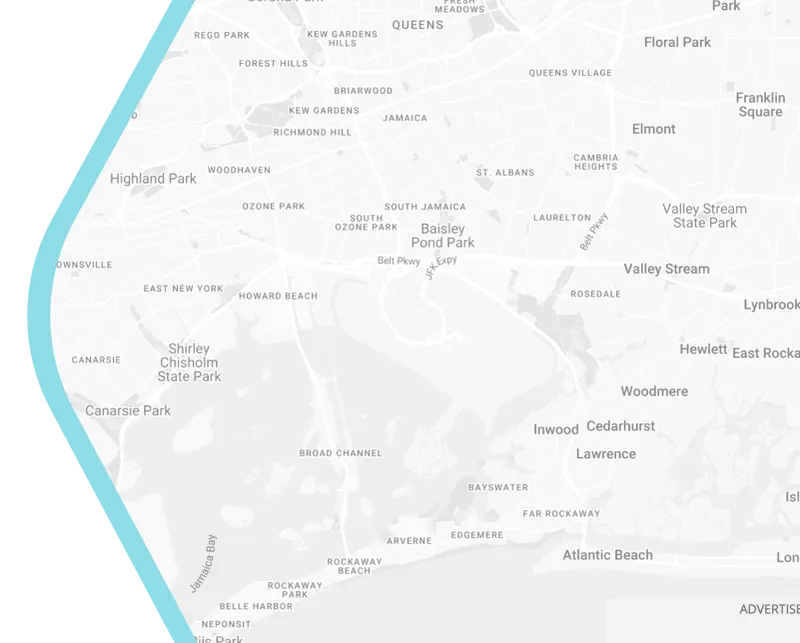
How Smart Glass Shields Skyscrapers from Extreme Urban Heat
The shimmering skyline of Dubai shimmers like a mirage during summer months, where temperatures routinely hit 48°C (118°F). Inside the Burj Khalifa, workers barely notice the inferno outside. This isn’t magic—it’s the result of smart glass facades transforming concrete giants into climate-responsive fortresses. As cities bake under intensifying heatwaves, these high-tech building skins are emerging as silent guardians against urban overheating.
The Invisible Crisis Cooking Our Cities
Urban heat islands turn skyscrapers into solar ovens. Traditional glass traps 90% of infrared radiation, causing interior temperatures to skyrocket. Air conditioning systems strain to compensate, accounting for 40% of a high-rise’s energy use. During Melbourne’s record 2023 heatwave, conventional towers saw cooling costs spike by 200% while indoor temperatures still breached 30°C. The human toll is equally severe: studies link overheated buildings to 12% productivity loss and increased respiratory emergencies.
Smart Glass: The Climate-Adaptive Building Skin
Smart glass operates like living architecture. Embedded with electrochromic or thermotropic layers, it dynamically adjusts its tint in response to solar intensity. When sensors detect extreme heat, nanoparticles realign to block 95% of infrared light while maintaining 70% visible light transmission. Unlike static low-e glass, this happens autonomously—no blinds or manual controls needed.
At New York’s One Vanderbilt Tower, 18,000 smart glass panels act as a "solar thermostat." On 35°C days, the facade transforms into a bronze-hued shield within minutes. The transition isn’t just visual; it’s a thermodynamic ballet where liquid crystals absorb and redirect heat before it penetrates the building envelope.
Four Ways Smart Glass Battles Heatwaves
1. The Infrared Forcefield
Smart glass selectively targets heat-causing wavelengths. While standard windows admit 84% of solar heat, dynamic facades reduce this to 22% during peak radiation. This preemptive blocking prevents heat accumulation rather than fighting it with energy-guzzling AC.
2. Passive Cooling Intelligence
Singapore’s CapitaSpring Tower demonstrates how phase-change materials in smart glass absorb excess heat. These micro-encapsulated waxes melt at 28°C, storing thermal energy that’s later released overnight. This reduces mechanical cooling loads by 34% even during prolonged heat events.
3. Glare Reduction for Human Comfort
The same nanotechnology that blocks heat simultaneously eliminates glare. Sydney’s Quay Quarter Tower reported 40% fewer employee eye strain complaints after installation, proving comfort extends beyond temperature control.
4. Energy Harvesting Integration
Next-gen smart glass goes beyond defense. Projects like the Copenhagen International School embed transparent photovoltaic cells between glass layers, converting blocked solar energy into electricity to power the very systems regulating indoor climate.
Real-World Heatwave Warriors
The Edge (Amsterdam)
During Europe’s 2022 heat crisis, this Deloitte headquarters maintained 23°C interiors while neighboring towers hit 32°C. Its smart glass reduced cooling energy by 65%—enough to power 400 homes annually.
Shanghai Tower (China)
The world’s second-tallest building uses double-layered smart facades as a "thermal buffer zone." Air circulates between glass membranes, creating convective currents that shunt heat upward before it reaches occupied spaces.
Aurora (Melbourne)
This residential tower’s smart glass automatically tints during UV index peaks. Residents reported 80% less need for curtains while slashing air-con usage by half during Australia’s record-breaking summer.
The Economic and Environmental Calculus
The math is compelling:
- Energy Savings: $4-7/sq ft annually in cooling costs
- Peak Demand Reduction: 30% lower HVAC strain during heatwaves
- Carbon Impact: 600 fewer tons of CO2 per tower yearly
- Longevity: 50% less thermal stress on building materials
For developers, the 8-12% upfront cost premium pays back in 3-5 years. The 55-storey Frasers Tower in Sydney achieved LEED Platinum status largely through smart glass efficiencies that cut its carbon footprint by 1,400 tons annually.
The Road Ahead: Challenges and Innovations
Current limitations include supply chain bottlenecks for electrochromic materials and the need for standardized retrofit frameworks. Yet breakthroughs are accelerating:
- Self-Powered Glass: MIT prototypes harvest energy from tinting transitions
- AI Predictive Tinting: Systems pre-emptively adjust based on weather forecasts
- Phase-Change Windows: Store and release heat like thermal batteries
As Barcelona architect Carlos Garcia notes, "We’re moving from static structures to responsive ecosystems. The building envelope is becoming the first line of climate defense."
Reimagining Skylines in the Age of Fire
Smart glass represents more than technical innovation—it’s a philosophical shift in how we inhabit vertical spaces. No longer passive victims of climate extremes, skyscrapers can now actively modulate their relationship with the sun. From the desert towers of Riyadh to tropical high-rises in Singapore, this technology transforms glass from a liability into a responsive shield.
As heatwaves intensify, these dynamic facades offer a blueprint for urban resilience: buildings that don’t just withstand extreme weather, but intelligently adapt to it. The future of city skylines isn’t just taller; it’s smarter, cooler, and profoundly more human.
